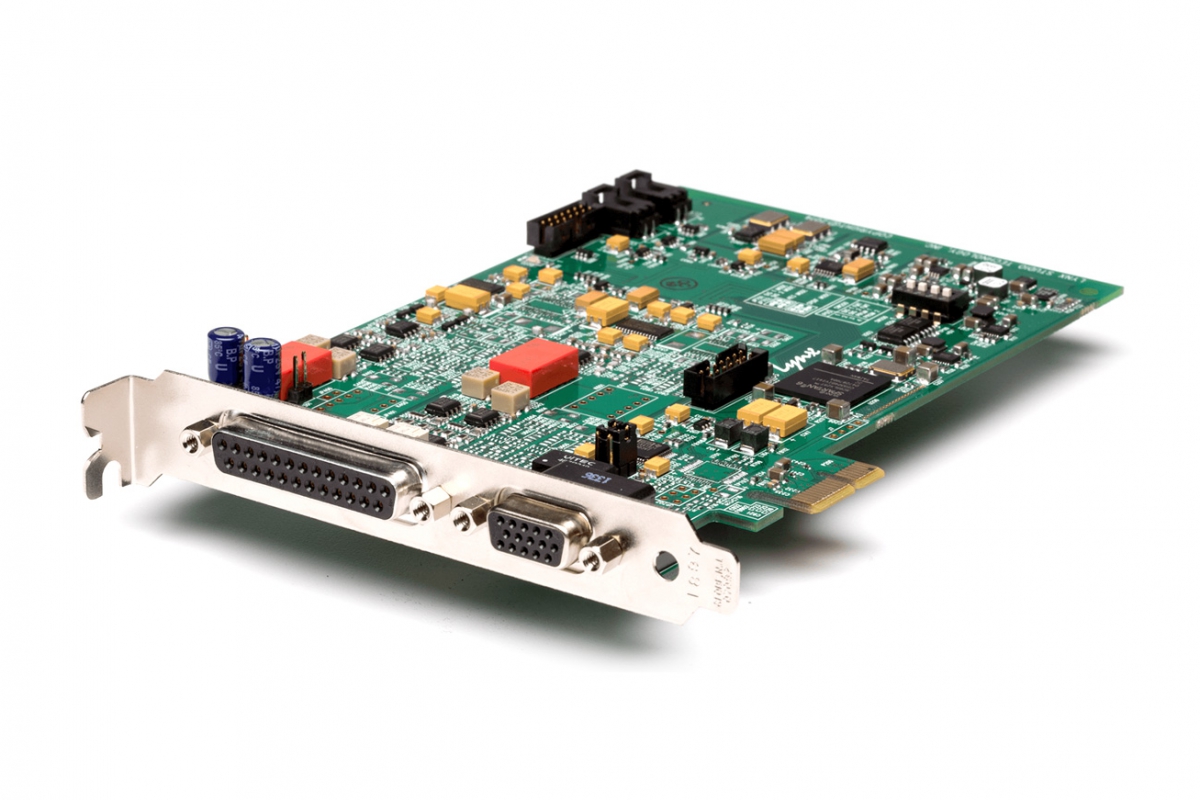Hi, Just took a look the first link and I didn't see any references listed in support some of the statements. For example, not clear where certain stated concepts in the post come from in the literature, or if stated concepts are just the opinion of the member posting?
For example there is mention of thresholds, but IIUC the scientific definition of a 'threshold of audibility' or an 'absolute threshold of hearing' is statistical measure that refers to the 'average ear,' not all ears.
Looking at wiki page for absolute threshold it give this description:
"The
absolute threshold of hearing (
ATH) is the minimum
sound level of a
pure tone that an average human ear with normal
hearing can hear with no other sound present. The absolute threshold relates to the
sound that can just be heard by the organism.
[1][2] The absolute threshold is not a discrete point, and is therefore classed as the point at which a sound elicits a response a specified percentage of the time.
[1] This is also known as the
auditory threshold."

en.wikipedia.org
Its pretty clear that the term threshold applies to an average ear, not an ear at one extreme or another. To check on that, it seems an article turns up that is entitled: "Distribution Characteristics of Normal Pure-Tone Thresholds" It can be found at:
https://www.ncbi.nlm.nih.gov/pmc/articles/PMC4755736/pdf/nihms753302.pdf
On pages 13-14 there are statistical distributions that look roughly gaussian.
For ideal gaussian "the average" would seem to refer to the arithmetic average, aka the mean. For such a distribution, another reference says the following:
"The mean is the arithmetic average of a set of given numbers. Therefore, the mean in math is often referred to as simply the "average."
That is from:
https://rb.gy/f321c
also, it can be seen that for an ideal gaussian distribution the mean is right in the middle of the curve. This is shown graphically with the mean labeled at:
https://www.chegg.com/homework-help/definitions/normal-curve-31
Bottom line from all the above appears to be that from a scientific perspective a threshold represents the point at which 50% of the population cannot hear below that threshold, and the other 50% of population can hear below the threshold.
Therefore if someone states in forum post something that is different from the common scientific meaning of a threshold, they should provide some reference in the literature to support that assertion. Otherwise it appears to have no scientific basis.



